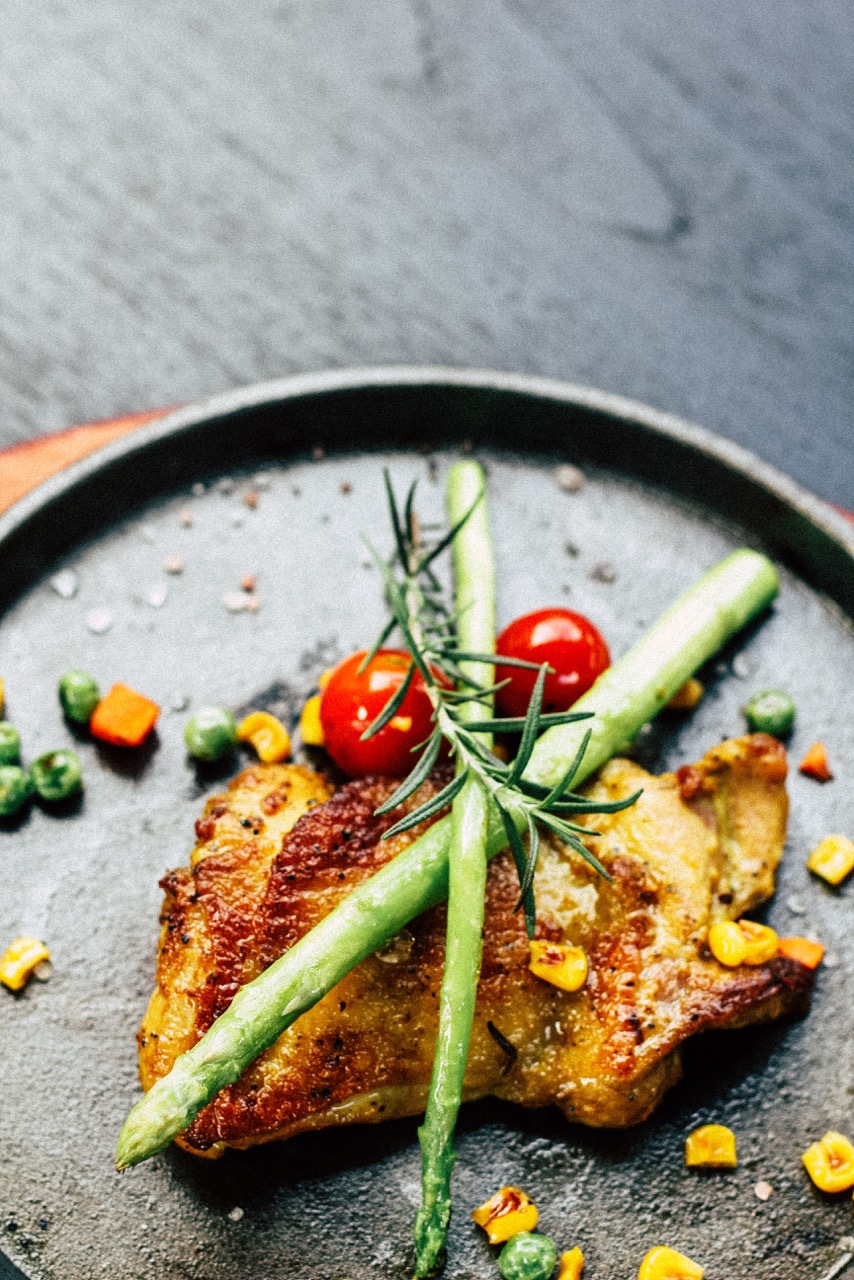A remarkable thing happens when you eliminate the junk from your diet: The cravings for fatty, sugar-laden, and salty snacks will disappear. You will simply lose your taste for these foods—and when you do eat them, your new body will rebel in no uncertain terms, leaving you feeling unwell. Free of the cravings for processed foods, your body will start to crave natural, healthful whole foods. Soon the gap between the foods you want and the foods you should eat will disappear. Your intuitive sense of what your body needs will help keep you on the right track, eating simply, often, and for long-term good health.
Sugar and your system
The body has two primary fuel sources: fat and sugar, also called glycogen. Carbohydrates–all carbohydrates–turn into sugar in your body. This sugar becomes the fuel source glucose and then glycogen. Glucose gets converted into glycogen and stored in your muscles and liver to be used as fuel. Once these stores are full the excess is then rerouted– it’s like a waterfall spilling over into your fat stores. It’s actually the easiest way for your body to produce and store fat. This is one of the reasons why low-carbohydrate diets are so popular. When the body reduces carbohydrates to a certain level, it causes glycogen depletion and causes your body to burn primarily fat as its fuel source. Unfortunately, these days fast burning carbs are a major part of the SAD (Standard American Diet); and it is this diet that is creating a generation at risk for fatty liver disease. These quickly digested foods include breads, cereals, quick oats, white rice, potatoes and a host of other packaged foods. These are the same types of foods fed to fatten geese to make foie gras (goose liver paté). High-glycemic diets send our blood sugar soaring, triggering a boom in insulin by the pancreas, and eventually toward the liver, which in turn causes the liver to absorb the sugar (carbs) to store as fat.
The best thing we can do for ourselves is steer away from high-glycemic foods and incorporate low-glycemic, fibrous foods, in their natural state, with minimal processing. Your daily diet includes fresh, non-starchy fruits and vegetables like apples, pears, peaches and berries. When buying “whole grain” foods, opt for foods in their most natural state: old fashioned oatmeal instead of instant oatmeal, brown rice instead of white rice, and whole wheat pasta instead of regular pasta.
The Straight Skinny on Fat Loss
Unfortunately, when it comes to losing fat, exercise alone is simply not enough. To lose one pound of fat you must burn through 3500 calories. In the Outdoor Fitness program you’re not required to count calories—instead, you’ll be managing your food intake by using portion control (and how you feel). However, it is important that you understand the caloric density (content) of the foods you eat, as well as what constitutes a serving size.
With practice and a little attention, you’ll get very good at eating the right foods, in the right amounts and the right time.
For more nutrition tips check out:
• Know What Your Body Needs For Nutrition
• Our Top Picks for a Fit, Healthy, Vibrant YOU!
Back To Blog

